In the building, fencing, and engineering industries, welded wire mesh is a product constructed from perpendicular metal wires that have been welded at cross points with a 90 degree angle. Read More…
We’ve been a leading manufacturer and distributor of wire cloth/mesh for 70 years, sourcing and stocking North America’s largest selection of wire cloth products – over 5000 in our warehouse. We offer processing capabilities such as precision cutting, calendering, heat treating, cleaning and coating and weave domestically most alloys including brass, copper, Hastelloy, Monel and others into ...
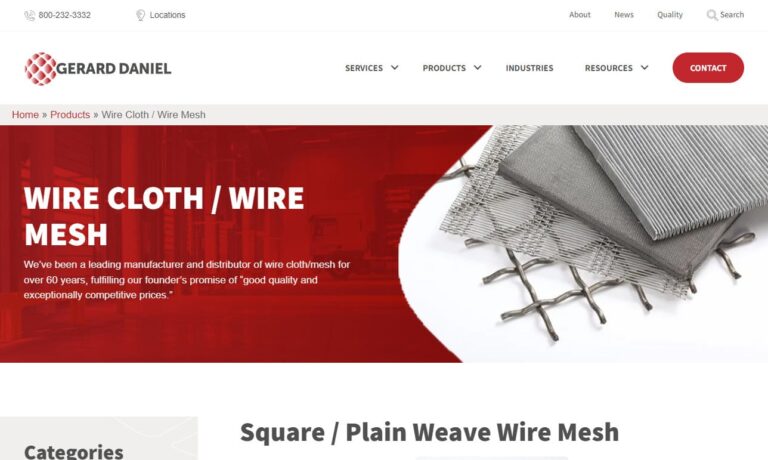
Banker Wire is your quality-driven manufacturing partner for woven and welded wire mesh used in architectural and industrial applications. Our manufacturing expertise has been refined for over a century, bringing unmatched customization, quality, and service to our customers. Our products embody our commitment to providing the widest variety of wire cloth at an unbeatable value. Nowhere else will ...

For over 45 years, UWC has supplied quality mesh products for numerous industries with distinct applications. We maintain an extensive inventory of woven & welded wire cloth specifications. Also, our weaving capabilities allow us to manufacture various wire mesh styles. Our fabrication services comprise shearing, slitting and stamping options. In addition, we produce baskets, trays, cylinders,...
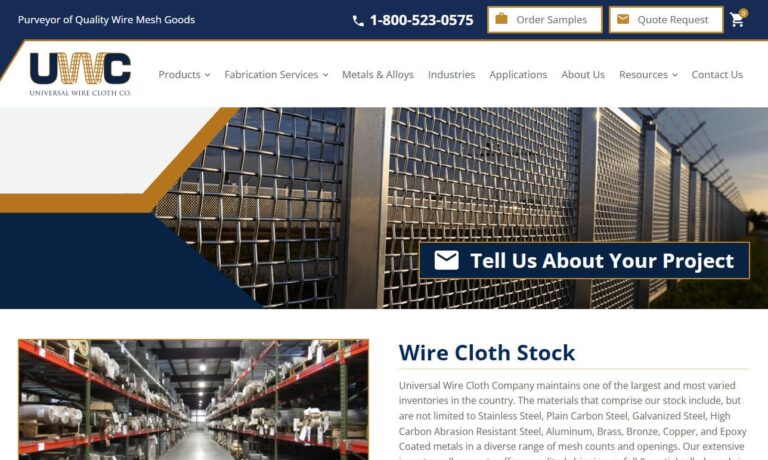
Marco Specialty Steel is a leading-supplier of wire cloth, wire cloth screens and wire mesh. Our warehouse maintains a wide range of wire cloth products in a variety of material grades and styles. We offer wire cloth in full rolls, cut-to-size pieces, slitting, circle cutting, blanking and stamping.
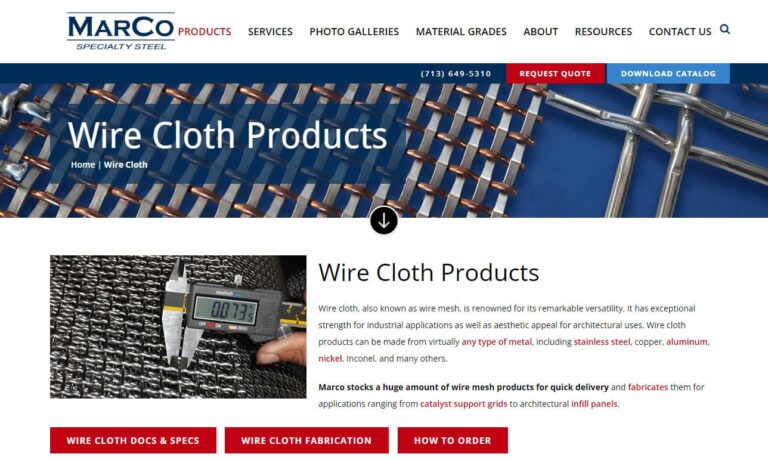
Hoyt Wire Cloth is a family-owned business that has been serving a variety of markets for over 50 years. We have experience producing wire cloth for industries such as coal, landscaping, concrete, gravel & sand, and more. Our line of wire mesh products includes self-cleaning screens, perforated plate, screening accessories, and more. If you have a design in mind call us and will manufacture what...

Since 1885, Phoenix Wire Cloth has been a wire cloth manufacturer of industrial wire cloth, welded wire cloth, wire mesh, stainless steel wire cloth and filter cloth. Phoenix Wire Cloth produces wire cloth for fences as well as safety and security equipment and supplies.
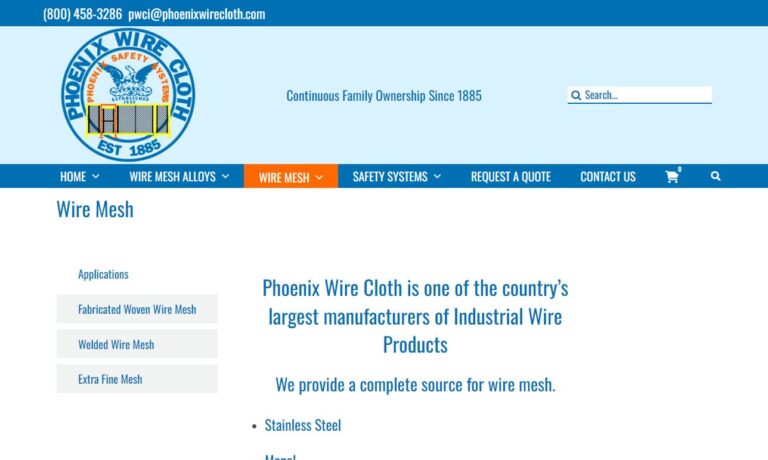
More Welded Wire Mesh Manufacturers
What is Welded Wire Mesh?
Both galvanized wire mesh, and welded wire mesh that has been plastic or vinyl coated, are frequently used to create wire cloth or welded wire mesh. Although any malleable metal may be used, iron or steel wire are utilized to make this mesh most frequently.
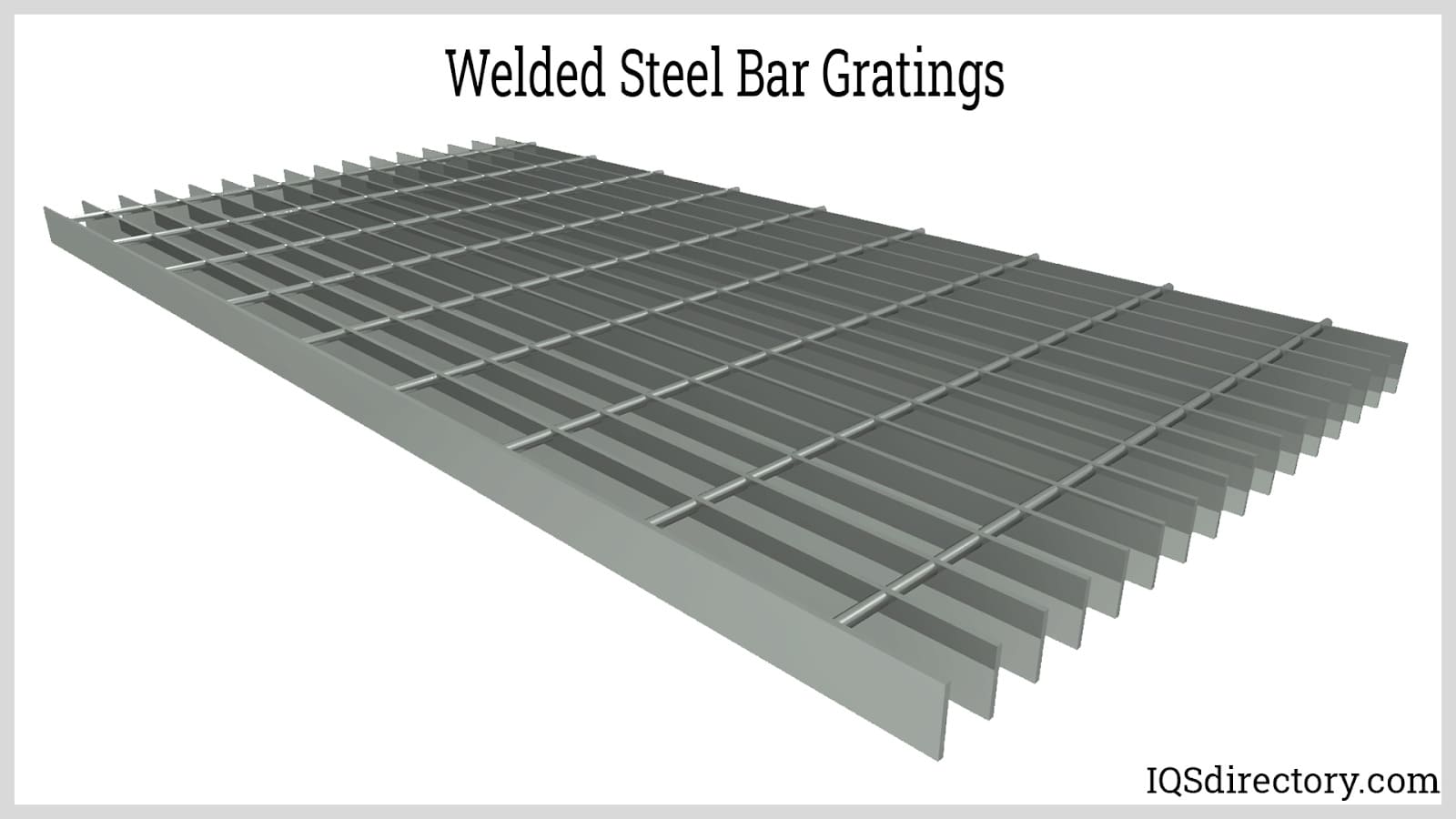
How Welded Wire Mesh is made
The intersections of the woven wires are welded together during a semi-automatic process to create wire mesh. The crossings at the horizontal and vertically aligned wires are programmed to be welded by welding equipment. The connections are joined using a variety of welding methods, including resistance welding, tungsten inert gas (TIG) welding, plasma welding, and soldering.
Feeding wires into a weld mesh machine, which resembles the heddle frames and reeds used in wire weaving, is the first step in the process of welding wire mesh.
Spools of wire are individually passed through a straightener. Pre-cut wires that are the same size as the wire mesh are then inserted separately from the wires fed from the spools. The wires are mechanically straightened to lay flat on the welding surface because they are fed from spools, whether they are pre-cut or fed from them.
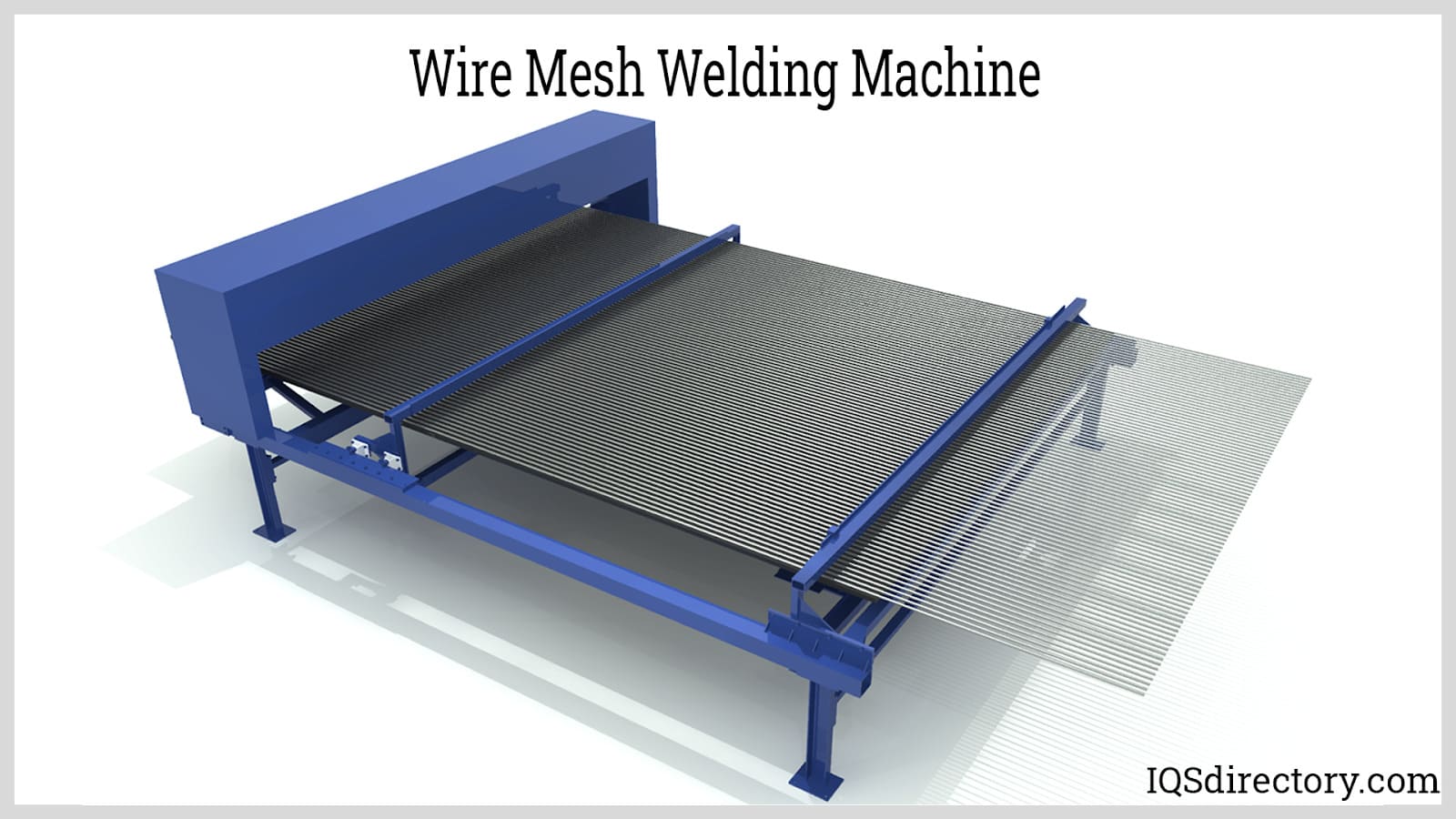
Wires that have already been cut are then mechanically positioned flat across wires that are being fed from spools. In mesh welding, these wires are perpendicular to one another at right angles. The programmed welding procedure starts once the wires are in place and applies a uniform weld at each cross-section.
Once this process is completed, the finished wire mesh produced by welding can be gathered in rolls, similar to wire weaving, or in sheets that have been cut to size and stacked in rows of wire mesh panels.
Only bigger wires that can endure the welding process can be utilized to create welded mesh, which is heavier, more robust, and stronger than woven wire mesh.
Wires Used to Make Welded Mesh
The wires used to make welded mesh include:
Carbon
One of the more widely-utilized metal wires for making wire mesh is plain carbon steel. It is a low-cost, adaptable metal used for window guards, screens, and separation screens for mining that mostly consists of iron with a trace amount of carbon. To create galvanized steel wire, carbon steel can be zinc coated, or it can be powder coated with plastic.
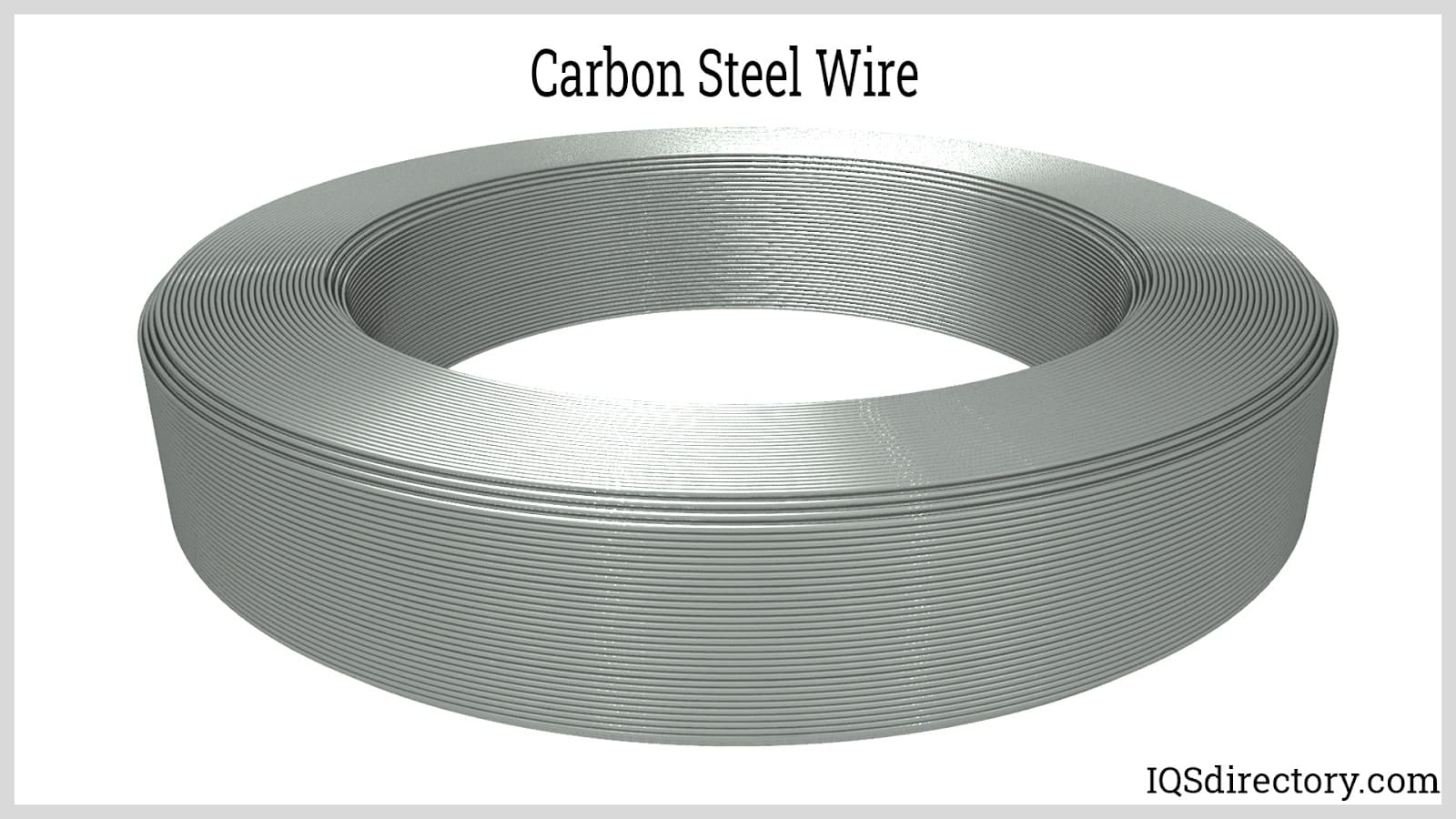
Stainless Steel
Stainless-steel wire mesh is ideal for use in architectural applications because it is incredibly robust, resilient, and attractively glossy. Wire mesh is produced using a variety of stainless-steel grades, the most popular being grades being 304 (commonly used for kitchen and food preparation equipment, and most architectural purposes) and 316 (typically used for chemical processing equipment, marine parts, and medical equipment due to its corrosion resistance).
Aluminum
Aluminum is inexpensive, lightweight, malleable, flexible, and resistant to corrosion. It is the non-ferrous metal (any metal other than iron or steel) used most often for making wire mesh. Rarely is aluminum grade 1000, or pure aluminum, used to make aluminum wire mesh. To boost aluminum's strength and enhance some of its other features, the majority of aluminum is alloyed with other metals like copper, magnesium, zinc, or silicon in certain amounts.
Copper
Copper wire mesh has exceptional thermal and electrical conductivity and is ductile and bendable. It is frequently utilized in electrical applications and Faraday cages as a screen against radio frequency interference. Similar to how aluminum is almost never utilized in its pure form, copper is typically alloyed to improve and enhance its inherent qualities.
When copper is subjected to salt, moisture, and sunlight, its color changes from salmon-red to brownish-gray to blue-green or gray-green at the end. Copper wire mesh is coated with coatings and chemicals that either speed up or slow down the oxidation process in order to prevent the change in color.
Brass
A copper and zinc alloy is called brass. In the production of wire mesh, it is a soft, malleable metal known as 270 yellow brass or 260 high brass. 270 yellow brass has a 65 percent copper and 35 percent zinc chemical makeup. Chemically speaking, 260 high brass is composed of 70% copper and 30% zinc. Brass wire mesh has great tensile strength, excellent abrasion resistance, and is toughened as a result of the higher zinc content. The yellow color of industrial-grade brass wire mesh makes it a popular decorative, artistic accent to architectural projects.
Choosing the Proper Welded Wire Mesh Manufacturer
To ensure you have the most productive outcome when purchasing welded wire mesh from a welded wire mesh manufacturer, it is important to compare several companies using our directory of welded wire mesh manufacturers. Each welded wire mesh manufacturer has a business profile page highlighting their areas of experience and capabilities, along with a contact form to directly communicate with the manufacturer for more information or request a quote. Review each welded wire mesh business website using our patented website previewer to quickly learn what each company specializes in. Then, use our simple RFQ form to contact multiple welded wire mesh companies with the same form.

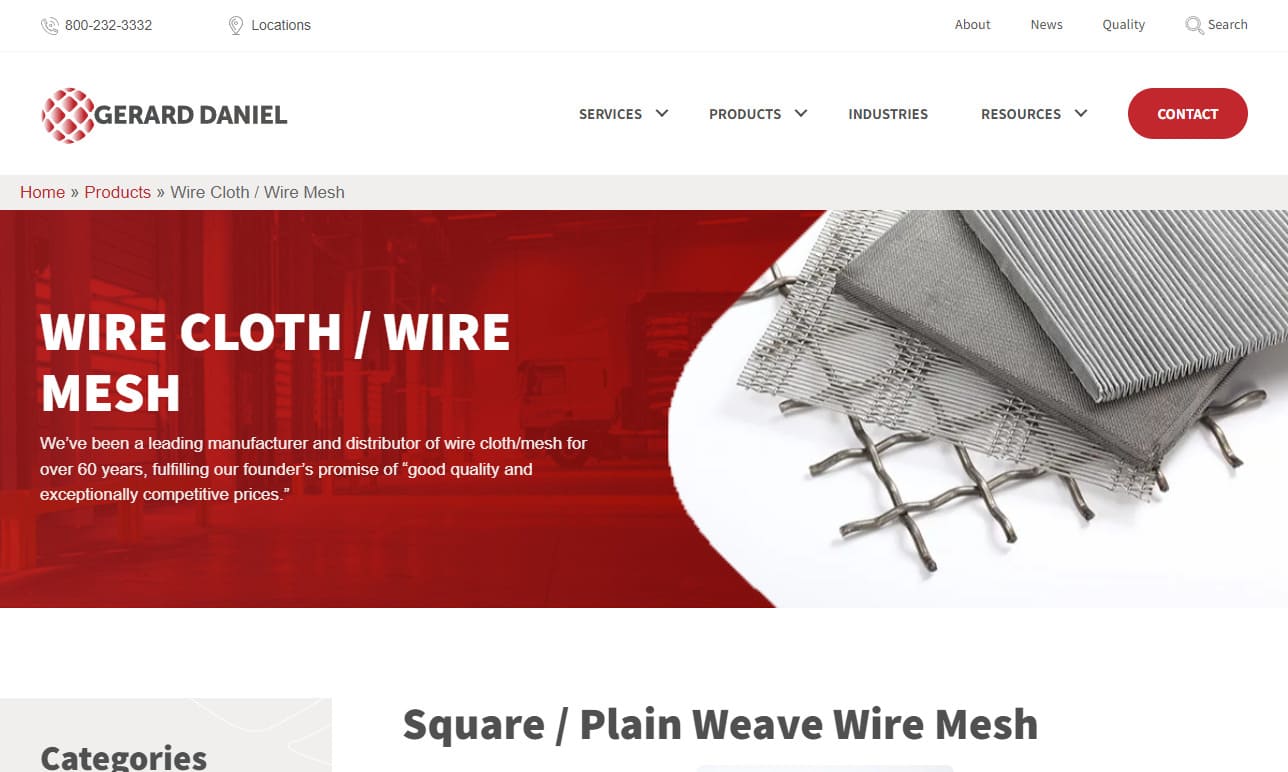

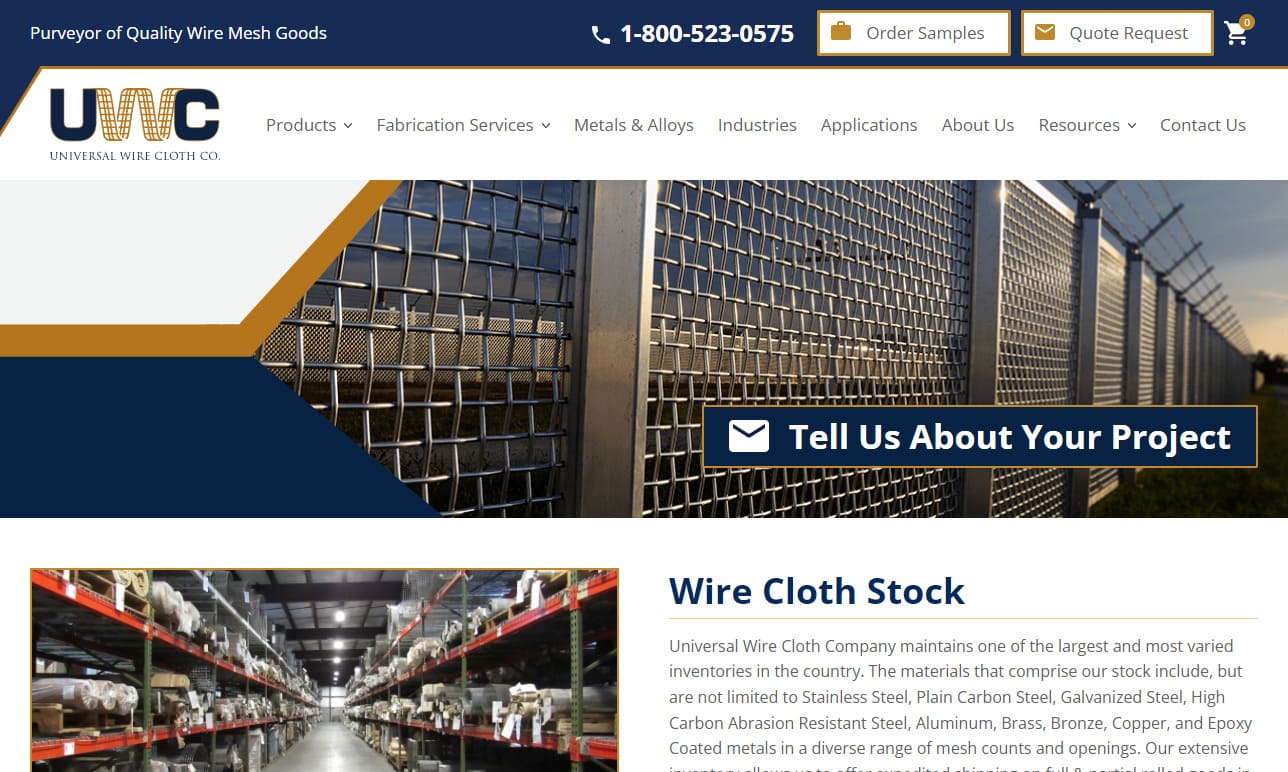
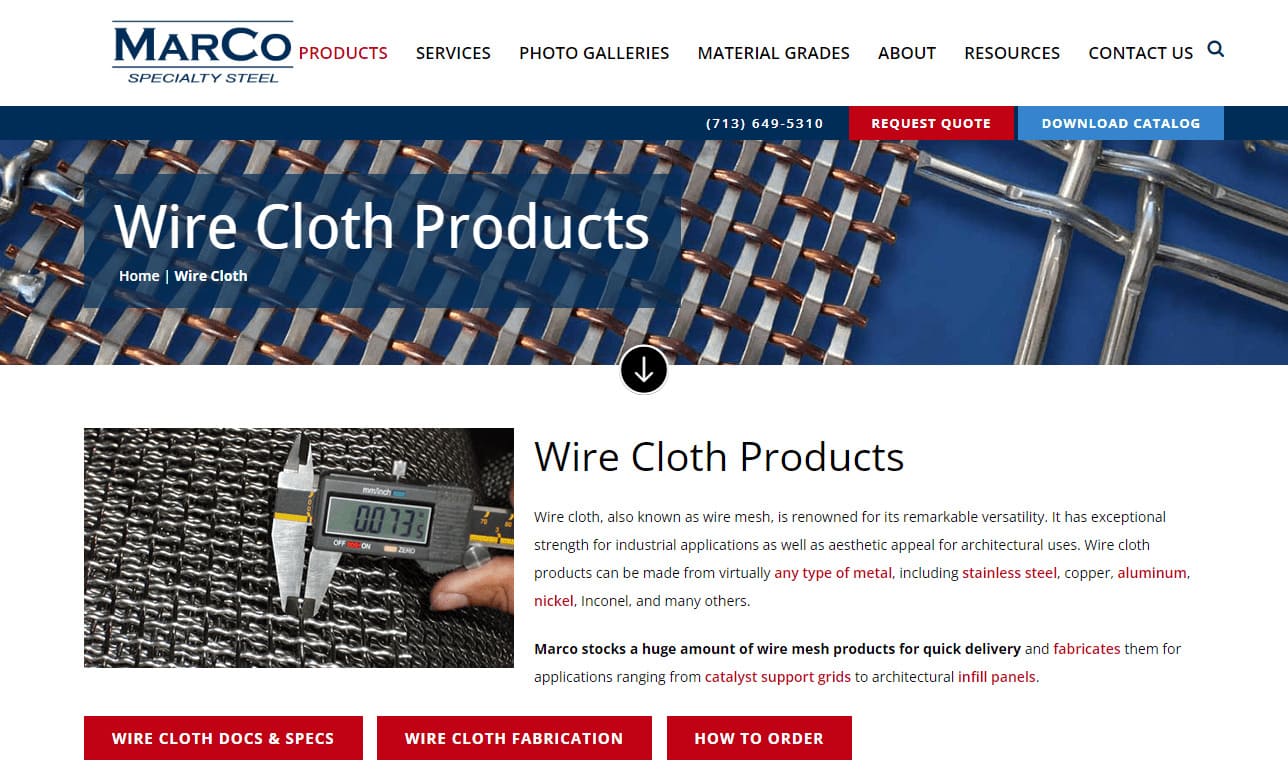

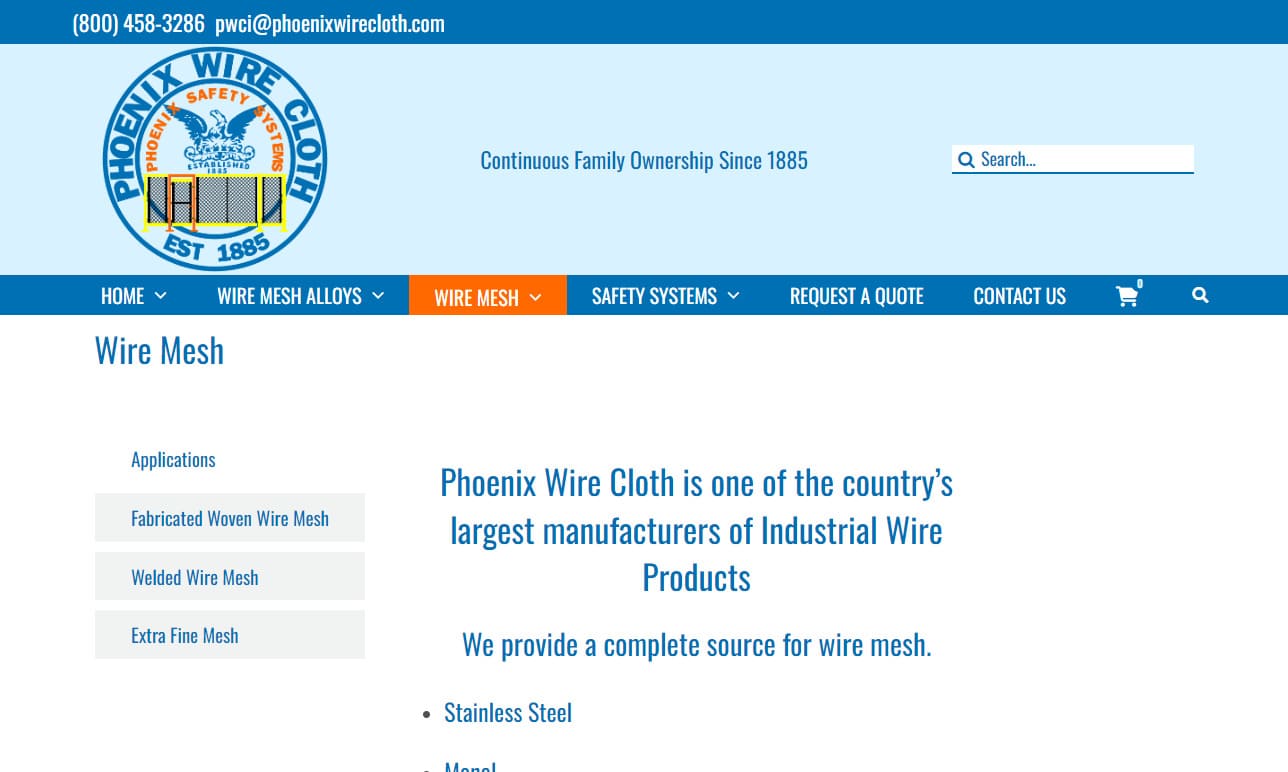









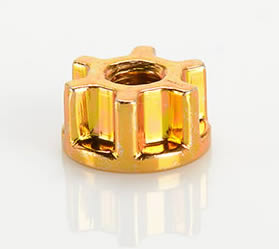 Cold Headed Parts
Cold Headed Parts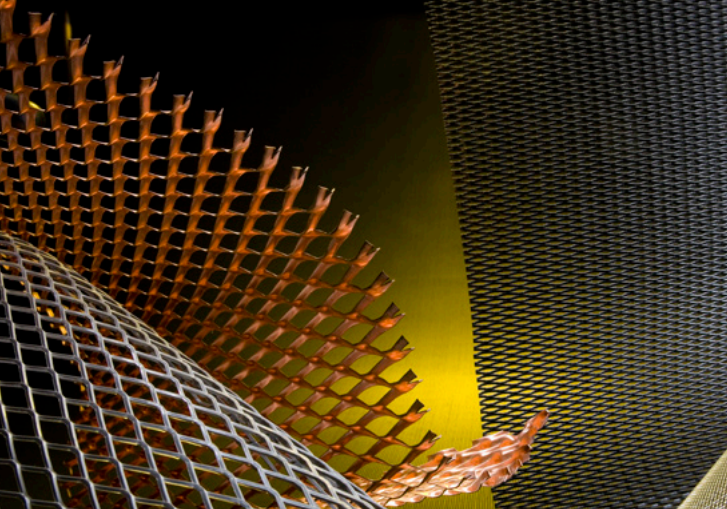 Expanded Metals
Expanded Metals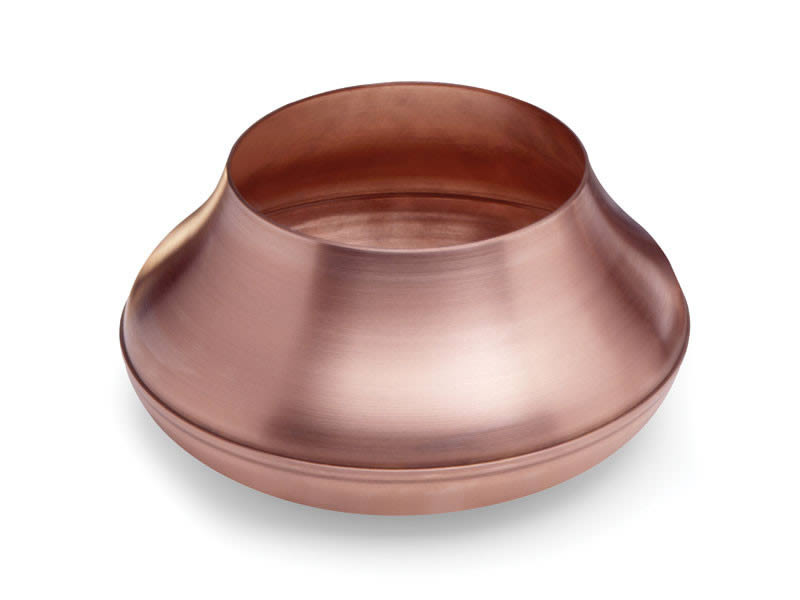 Metal Spinning
Metal Spinning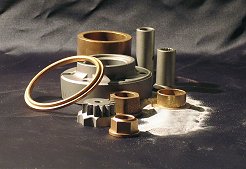 Powdered Metal Parts
Powdered Metal Parts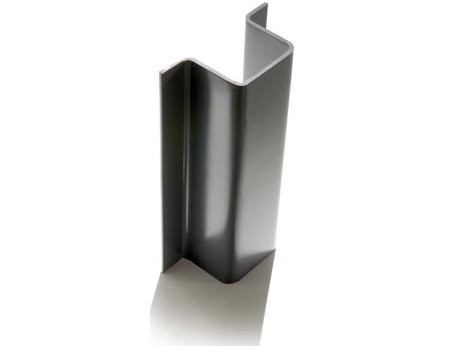 Roll Forming
Roll Forming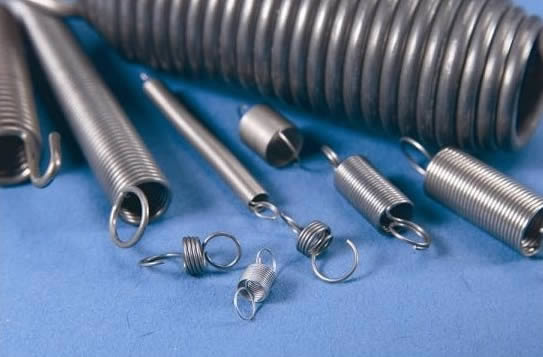 Springs
Springs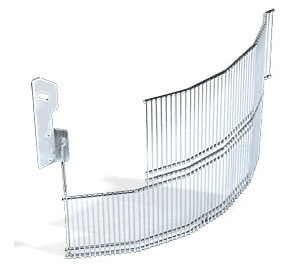 Wire Forms
Wire Forms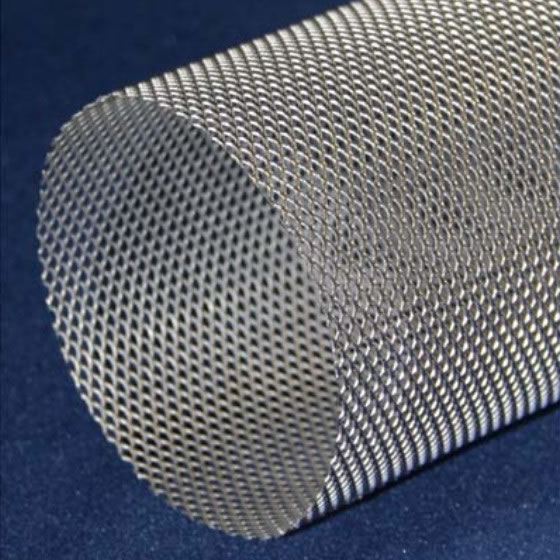 Wire Mesh
Wire Mesh Castings & Forgings
Castings & Forgings Bulk Material Handling
Bulk Material Handling Electrical & Electronic Components
Electrical & Electronic Components Flow Instrumentation
Flow Instrumentation Hardware
Hardware Material Handling Equipment
Material Handling Equipment Metal Cutting Services
Metal Cutting Services Metal Forming Services
Metal Forming Services Metal Suppliers
Metal Suppliers Motion Control Products
Motion Control Products Plant & Facility Equipment
Plant & Facility Equipment Plant & Facility Supplies
Plant & Facility Supplies Plastic Molding Processes
Plastic Molding Processes Pumps & Valves
Pumps & Valves Recycling Equipment
Recycling Equipment Rubber Products & Services
Rubber Products & Services